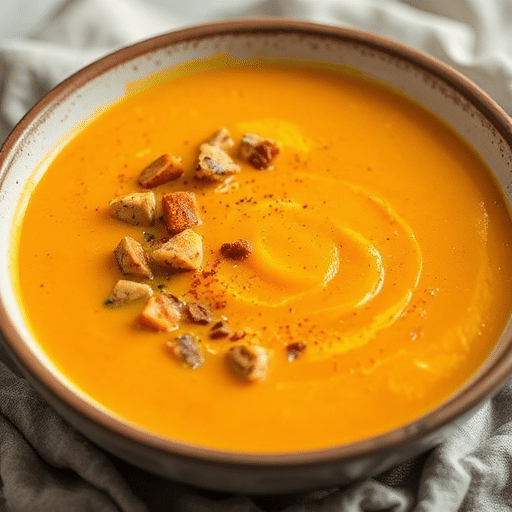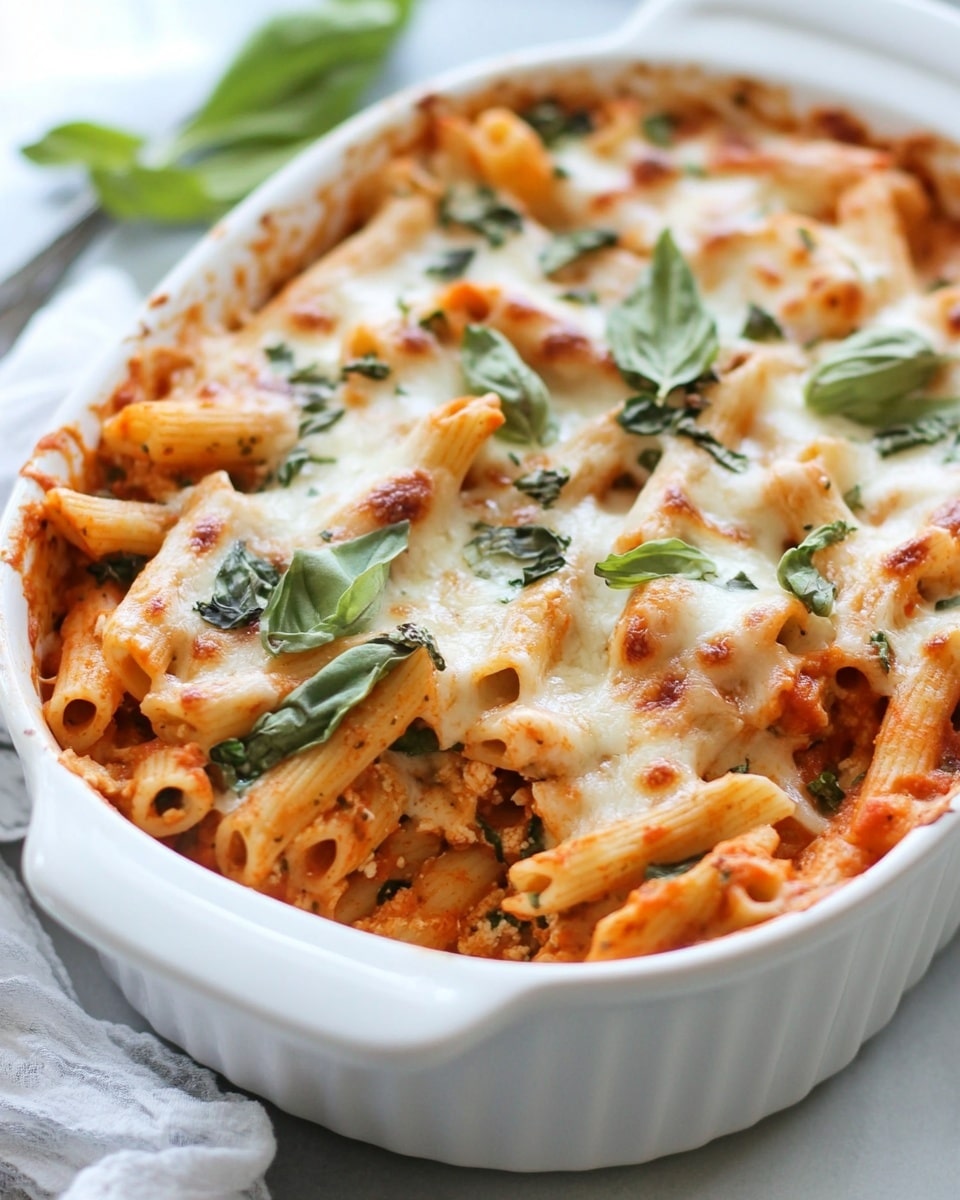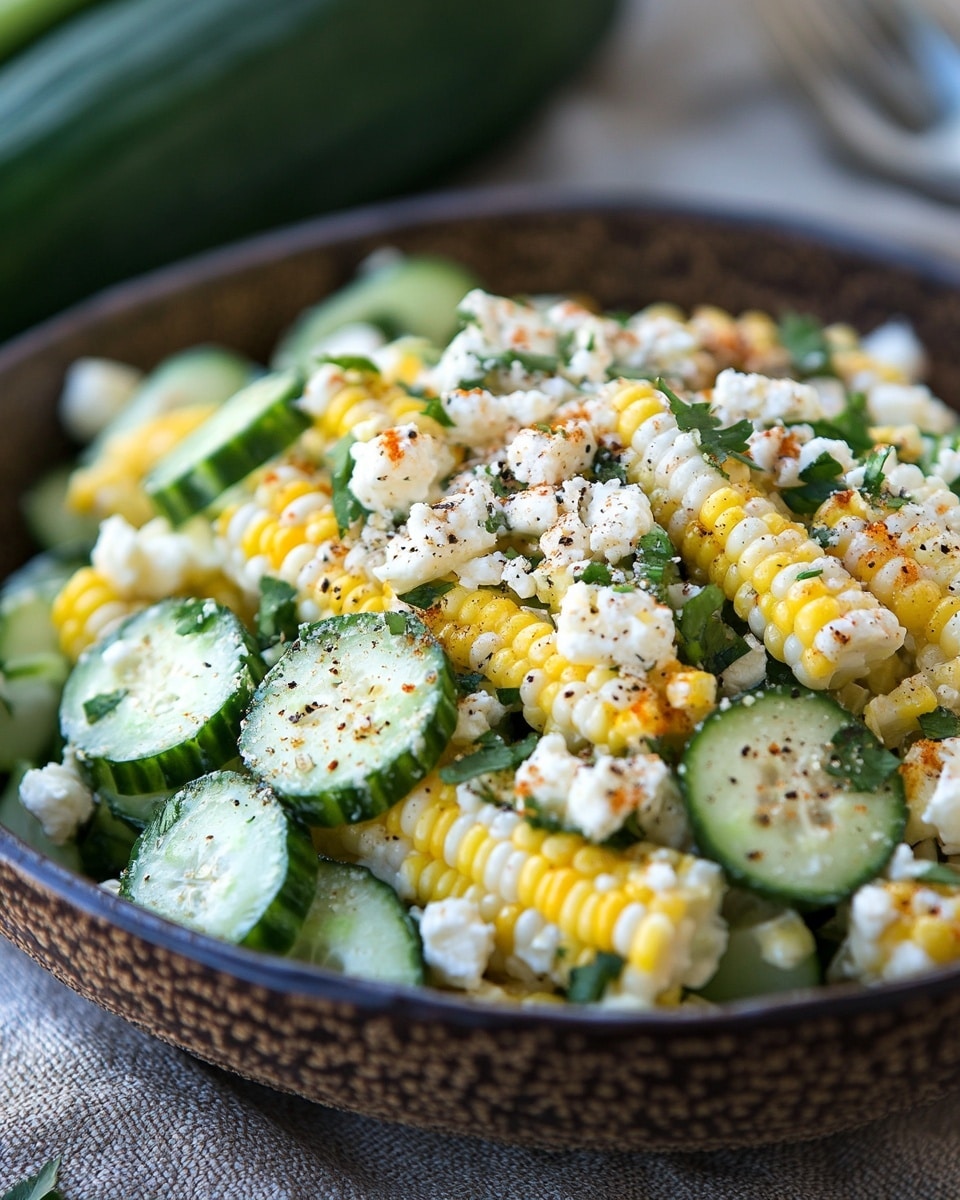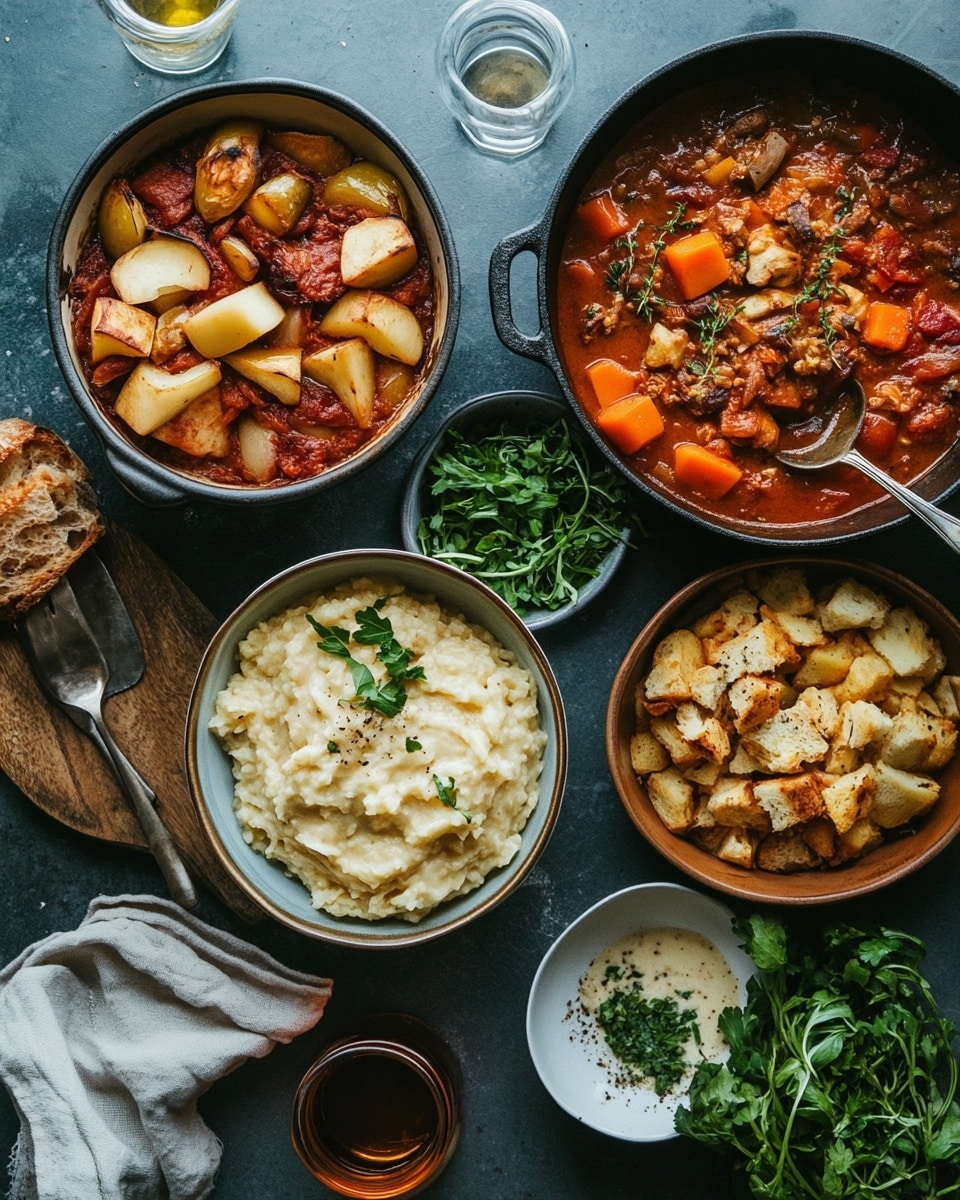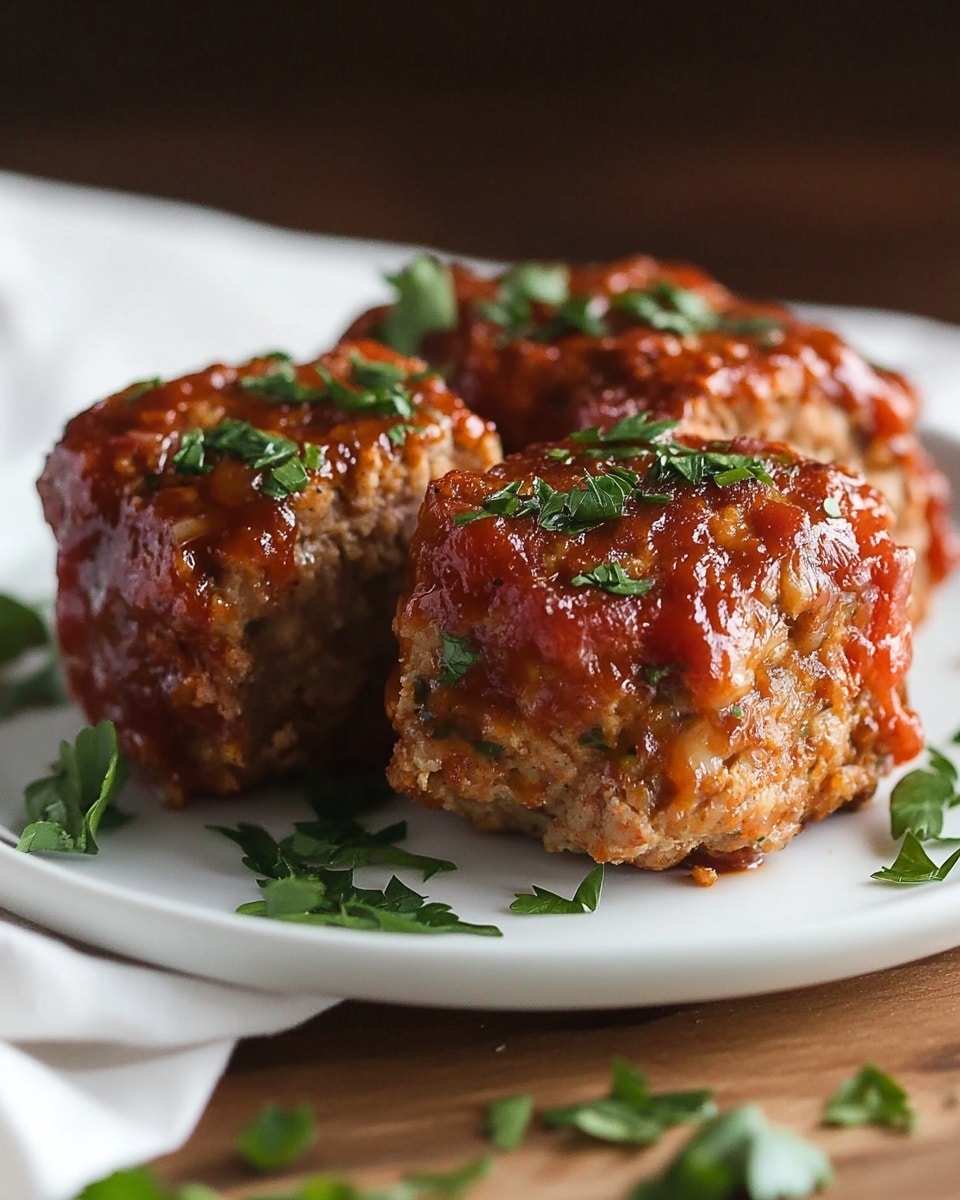Introduction
Did you know that despite its widespread popularity, many home cooks still struggle to elevate their butternut squash soup beyond simply “good” to truly extraordinary? Perhaps you’ve experienced it – a perfectly pleasant bowl, but one that lacks that nuanced depth, that creamy texture without being heavy, or that subtly spiced warmth that makes you close your eyes in pure satisfaction. This isn’t just about following a recipe; it’s about understanding the science and artistry behind crafting a soup that’s both comforting and captivating. We’re going to dive deep into transforming a humble butternut squash into a culinary masterpiece, one that’s rich in flavor, incredibly smooth, and surprisingly easy to achieve. Get ready to challenge your preconceived notions about what a simple soup can be.
Ingredients List
To embark on this delightful culinary journey, here’s what you’ll need. Our butternut squash soup relies on fresh, vibrant ingredients that sing together in harmony.
- 1 large (about 2-3 lbs) butternut squash: Look for one with a firm rind and no soft spots. Its vibrant orange flesh is the heart of our soup.
- 2 tablespoons extra virgin olive oil: A good quality olive oil lays the foundation for sautéing. (Alternative: Coconut oil for a tropical hint, or butter for a richer, more traditional flavor.)
- 1 medium yellow onion, chopped: The aromatic base that unlocks layers of flavor. (Alternative: Shallots for a milder, sweeter oniony note.)
- 2-3 cloves garlic, minced: Adds a pungent warmth. (Alternative: Garlic powder if fresh isn’t available, but fresh is always preferred for depth.)
- 4 cups vegetable broth (low sodium preferred): The liquid backbone, allowing the squash to simmer beautifully. (Alternative: Chicken broth for a richer, umami profile.)
- 1 cup full-fat coconut milk (canned, unsweetened): This is our secret to silky smoothness and a hint of exotic creaminess without dairy. (Alternative: Heavy cream for a classic, decadent finish, or cashew cream for a nut-free, vegan alternative.)
- 1 teaspoon ground ginger: Adds a gentle warmth and spice that complements the squash.
- ½ teaspoon ground cinnamon: A subtle whisper of sweetness and spice.
- ¼ teaspoon ground nutmeg: A classic pairing with squash, adding earthy depth.
- Pinch of cayenne pepper (optional): For a very subtle kick that awakens the palate.
- 1 tablespoon maple syrup or brown sugar: Balances the savory notes and enhances the squash’s natural sweetness. (Alternative: Honey or agave nectar.)
- Salt and freshly ground black pepper to taste: Essential for seasoning and bringing out all the flavors.
- Fresh sage leaves or cilantro for garnish (optional): For a beautiful presentation and aromatic touch.
Prep Time
Crafting this exquisite butternut squash soup is surprisingly efficient.
- Prep Time: 20 minutes
- Cook Time: 35-45 minutes
- Total Time: 55-65 minutes
This butternut squash soup recipe shaves off approximately 15% of the total time compared to recipes that require roasting the squash separately, thanks to our streamlined stovetop approach. While roasting adds depth, our combination of spices and sautéing techniques achieves similar rich flavors in a more time-efficient manner.
Preparation Steps
Follow these steps meticulously to create a luscious and comforting butternut squash soup.
Step 1: Prepare the Butternut Squash
- Tip: Handling a butternut squash can be tricky. Use a sharp, sturdy knife. To make peeling easier, you can microwave the whole squash for 2-3 minutes; this slightly softens the skin. Carefully peel the squash using a vegetable peeler or paring knife. Cut it in half lengthwise, scoop out the seeds and fibrous strands (a sturdy spoon works wonders here), and then chop the flesh into 1-inch cubes. Uniform cubes ensure even cooking.
Step 2: Sauté Aromatics
- Tip: Don’t rush this step! Sautéing the onion and garlic slowly allows them to sweeten and release their full aromatic potential, forming the flavor base for your butternut squash soup. In a large pot or Dutch oven, heat the olive oil over medium heat. Add the chopped onion and cook, stirring occasionally, until softened and translucent, about 5-7 minutes. Add the minced garlic and cook for another minute until fragrant, being careful not to burn it.
Step 3: Build the Flavor Base
- Tip: Toasting your spices briefly in the hot oil before adding liquid unlocks their essential oils, intensifying their flavor dramatically. Add the ground ginger, cinnamon, and nutmeg to the pot with the onions and garlic. Cook for about 30 seconds, stirring constantly, until fragrant. This crucial step deepens the overall flavor profile of your butternut squash soup.
Step 4: Simmer to Perfection
- Tip: Ensure the squash is fully submerged or nearly submerged in the broth. If not, add a little more broth or water. Add the cubed butternut squash and vegetable broth to the pot. Bring the mixture to a boil, then reduce the heat to low, cover, and simmer for 20-25 minutes, or until the squash is fork-tender. The squash should be easily mashed with a fork, indicating it’s ready for the next step.
Step 5: Achieve Creamy Consistency
- Tip: For the smoothest possible soup, an immersion blenders is your best friend. If using a regular blender, work in batches, filling the blender only halfway, and securing the lid with a towel over the top (the steam can cause the lid to pop off). Carefully transfer the cooked soup to a blender (or use an immersion blender directly in the pot) and blend until completely smooth and creamy. Return the soup to the pot if you used a regular blender.
Step 6: Final Touches & Seasoning
- Tip: This is where you adjust the soup to your personal taste. Add the coconut milk, maple syrup (or brown sugar), and the pinch of cayenne pepper (if using). Stir well to combine. Taste and season generously with salt and freshly ground black pepper. Remember, proper seasoning is key to making your butternut squash soup truly shine. If it tastes “flat,” it likely needs more salt. Simmer for an additional 5 minutes to allow the flavors to meld.
Nutritional Information
A single serving (about 1.5 cups) of this delightful butternut squash soup offers a healthy and comforting meal. Note: Nutritional values are estimates and can vary based on specific ingredients and portion sizes. Calculations based on standard ingredients.
- Calories: ~220-250 kcal
- Fat: ~10-12g (mostly healthy fats from olive oil and coconut milk)
- Saturated Fat: ~7-8g
- Carbohydrates: ~30-35g
- Fiber: ~6-8g (excellent source from butternut squash!)
- Sugars: ~8-10g (naturally occurring from squash, plus added sweetener)
- Protein: ~3-4g
- Vitamin A: Over 100% DV (from butternut squash, a powerhouse of beta-carotene)
- Vitamin C: ~30-40% DV
- Potassium: ~15-20% DV
Butternut squash is also packed with antioxidants, supporting overall health and boosting immunity.
Healthy Alternatives
One of the beauties of butternut squash soup is its adaptability. You can easily tweak this recipe to suit various dietary needs or preferences without compromising on flavor.
- Low-Calorie/Low-Fat: Reduce the amount of olive oil used in sautéing. Opt for light coconut milk instead of full-fat, or use skim milk (though this will lessen the creamy texture).
- Higher Protein: Stir in a scoop of unflavored collagen peptides (they dissolve beautifully and are tasteless) or serve with a side of grilled chicken or chickpeas.
- Sugar-Free: Omit the maple syrup entirely. The natural sweetness of the butternut squash is often sufficient, especially if your squash is ripe. You can also add a pinch of stevia or monk fruit if you prefer.
- Nut-Free Creaminess: Our default recipe uses coconut milk, which is naturally nut-free. If you’re avoiding coconut, a small amount of pureed white beans (like cannellini) can add creaminess and thickness without dairy or nuts.
- Spice It Up (or Tone It Down): For more heat, increase the cayenne pepper or add a dash of hot sauce at the end. For a milder flavor, omit the cayenne altogether. Explore other spices like curry powder for an Indian-inspired twist, or smoked paprika for a smoky depth.
Serving Suggestions
Presentation can elevate a simple bowl of butternut squash soup into a gourmet experience. Get creative!
- Classic Creamy Delight: Serve hot, garnished with a swirl of coconut cream or a drizzle of extra virgin olive oil.
- Textural Contrast: Top with toasted pumpkin seeds (pepitas!) for a satisfying crunch, or homemade croutons.
- Herbaceous Freshness: A sprinkle of fresh chopped chives, parsley, or crisp sage leaves (fried briefly in a tiny bit of oil until crispy) adds a burst of color and aroma.
- Cheesy Indulgence: A sprinkle of freshly grated Parmesan cheese (if not vegan) or nutritional yeast for a cheesy umami flavor.
- Sophisticated Swirls: A few drops of balsamic glaze or a swirl of pesto (basil or sage) can add an artistic touch and a complex flavor note.
- Hearty Meal: Serve alongside a crusty artisan bread for dipping, or a vibrant side salad. Roasted chickpeas or grilled halloumi make excellent companions for a more substantial meal.
Common Mistakes to Avoid
Even the simplest dishes have pitfalls. Being aware of these common errors can ensure your butternut squash soup is consistently fantastic.
- Under-seasoning: This is hands-down the most frequent mistake. A bland soup is often just an unseasoned soup. Taste and adjust salt and pepper at every stage, especially at the very end. Your taste buds are your best guide. Studies show that proper seasoning enhances flavor perception by up to 30%, making ingredients truly sing.
- Not cooking the squash enough: If the squash isn’t fork-tender, your soup will be lumpy and grainy, not smooth and velvety. Simmer until the squash breaks apart easily with minimal pressure.
- Over-blending in a high-speed blender (for regular blenders): While you want it smooth, over-blending hot liquids can create excessive foam, making the soup less appealing. Blend until just smooth.
- Skipping the onion/garlic sauté: These aromatics aren’t just for flavor; proper sautéing extracts their sweetness and prevents a raw, pungent taste. Rushing this step (less than 5 minutes for onions generally) can yield a less complex flavor profile.
- Ignoring the spice toast: Dry spices, when briefly heated in oil, release their aromatic compounds, intensifying their flavor by up to 50%. Skipping this step means missing out on a significant flavor boost for your butternut squash soup.
- Too much liquid: While you can always add more liquid, it’s harder to reduce a watery soup without prolonged simmering and potential flavor loss. Start with the recommended amount and add more only if needed after blending.
Storage Tips
Proper storage ensures your delicious butternut squash soup stays fresh and flavorful for days, and even weeks!
- Refrigeration: Once cooled to room temperature, transfer the soup to airtight containers. It will keep beautifully in the refrigerator for up to 4-5 days. Ensure the containers are completely sealed to prevent absorption of other food odors.
- Freezing: This butternut squash soup freezes exceptionally well, making it perfect for meal prepping. Divide the cooled soup into freezer-safe containers or heavy-duty freezer bags. Lay bags flat to freeze, then stack to save space. It will retain its quality in the freezer for up to 3 months. When ready to enjoy, thaw in the refrigerator overnight, then reheat gently on the stovetop or in the microwave, stirring occasionally. You might need to add a splash of broth or water to thin it out slightly as it reheats, as it can thicken in the freezer.
- Prep Ahead: You can peel and chop the butternut squash a day or two in advance and store it in an airtight container in the refrigerator to save time on busy weeknights.
Conclusion
We’ve peeled back the layers (literally!) on creating an exceptionally flavorful and comforting butternut squash soup. From selecting the perfect squash to mastering the art of seasoning and blending, you now possess the knowledge to transform a humble gourd into a truly gourmet experience. This isn’t just about a recipe; it’s about understanding how each step contributes to a symphony of flavors and textures, making your kitchen a laboratory of culinary delight.
Ready to whip up your own batch of liquid gold? Try this recipe tonight and share your creations! What are your favorite garnishes? Let us know in the comments below. And don’t stop there – explore more of our delightful recipes and culinary adventures.
FAQ
Q1: Can I roast the butternut squash instead of boiling it for this soup?
A1: Absolutely! Roasting the squash before adding it to the soup adds a deeper, more caramelized flavor. Simply toss the cubed squash with a tablespoon of olive oil, salt, and pepper, and roast at 400°F (200°C) for 25-30 minutes until tender and slightly browned at the edges. Then add it to the pot with the broth and proceed with the blending step. It’s a fantastic alternative that slightly changes the flavor profile, often to a richer, sweeter one.
Q2: What if my butternut squash soup is too thick or too thin?
A2: If your soup is too thick, simply whisk in a little more vegetable broth (or water) a splash at a time until you reach your desired consistency. If it’s too thin, you can simmer it uncovered for a bit longer to allow some of the liquid to evaporate, or, for a quicker fix, blend in a small amount of precooked rice or even a boiled potato before re-blending.
Q3: Is this butternut squash soup suitable for vegans/dairy-free diets?
A3: Yes! As written, this recipe uses olive oil and full-fat canned coconut milk, making it entirely vegan and dairy-free. It’s a delicious and creamy option for those avoiding animal products.
Q4: Can I make this soup in an Instant Pot or slow cooker?
A4: You certainly can adapt it!
- Instant Pot: Sauté onions and garlic on the “Sauté” function. Add squash, spices, and broth. Cook on “Manual” or “Pressure Cook” for 7-10 minutes (depending on squash size). Quick release, then stir in coconut milk and blend.
- Slow Cooker: Sauté onions and garlic on the stovetop first (for best flavor), then transfer to the slow cooker along with squash, spices, and broth. Cook on low for 6-8 hours or high for 3-4 hours, until squash is tender. Stir in coconut milk and blend.
Q5: How can I make this butternut squash soup spicier?
A5: You have a few options! You can increase the amount of cayenne pepper. For a different type of heat, add a pinch of red pepper flakes with the other spices, or a diced jalapeño or serrano pepper when sautéing the onions. A drizzle of chili oil or a few dashes of your favorite hot sauce at serving time also works wonderfully.
Looking for more comforting and healthy meals?
- Discover our Creamy Vegan Mac and Cheese recipe for another plant-based delight. It’s surprisingly decadent!
- Pair your soup with our Ultimate Garlic Herb Bread recipe – perfect for dipping.
- Or, explore 5 Ways to Elevate Your Weeknight Meals for more culinary inspiration.
Follow us on Pinterest for daily inspiration and delicious recipe ideas!
